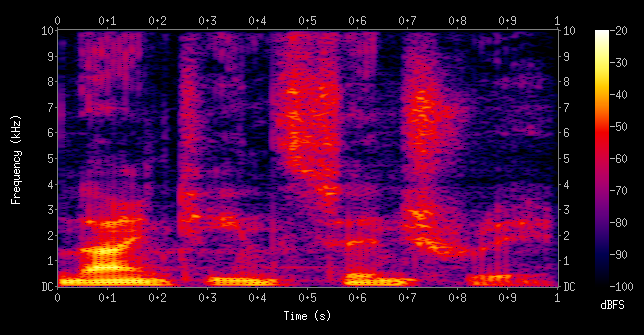Speech recognition has been one of the key challenges for AI since its earliest days. Early efforts were bottom up identifiying phonemes, then words and then higher-level grammatical structures sometimes guided by top down mechanisms based on context. Now most speech recogniton use neural networks particularly at lower levels although the design of the neural-network architecture is often guided by lessons from more hand-crafted recognition.
Some speech recognition systems learn the particular characterstics of known speakers in order to improve accuracy, others, such as telephone helplines, need to be speaker independent working for anyone. Like humans, speech recognitoon systems often struggle with strong accents, and also the speech characteristics of children, older adults or those with temporary or permamnt speech impairments – it is thus a potential accessibility issue. However, speech recogniton has also offered a major improvement to access for those with motor impairments.
Used in Chap. 1: page 6; Chap. 6: page 82; Chap. 9: page 118; Chap. 14: page 207; Chap. 19: pages 297, 298; Chap. 24: page 378
Used in glossary entries: neural network, neural-network architecture

Digitally produced spectrogram of a male voice saying `nineteenth century' (source Wikipedia